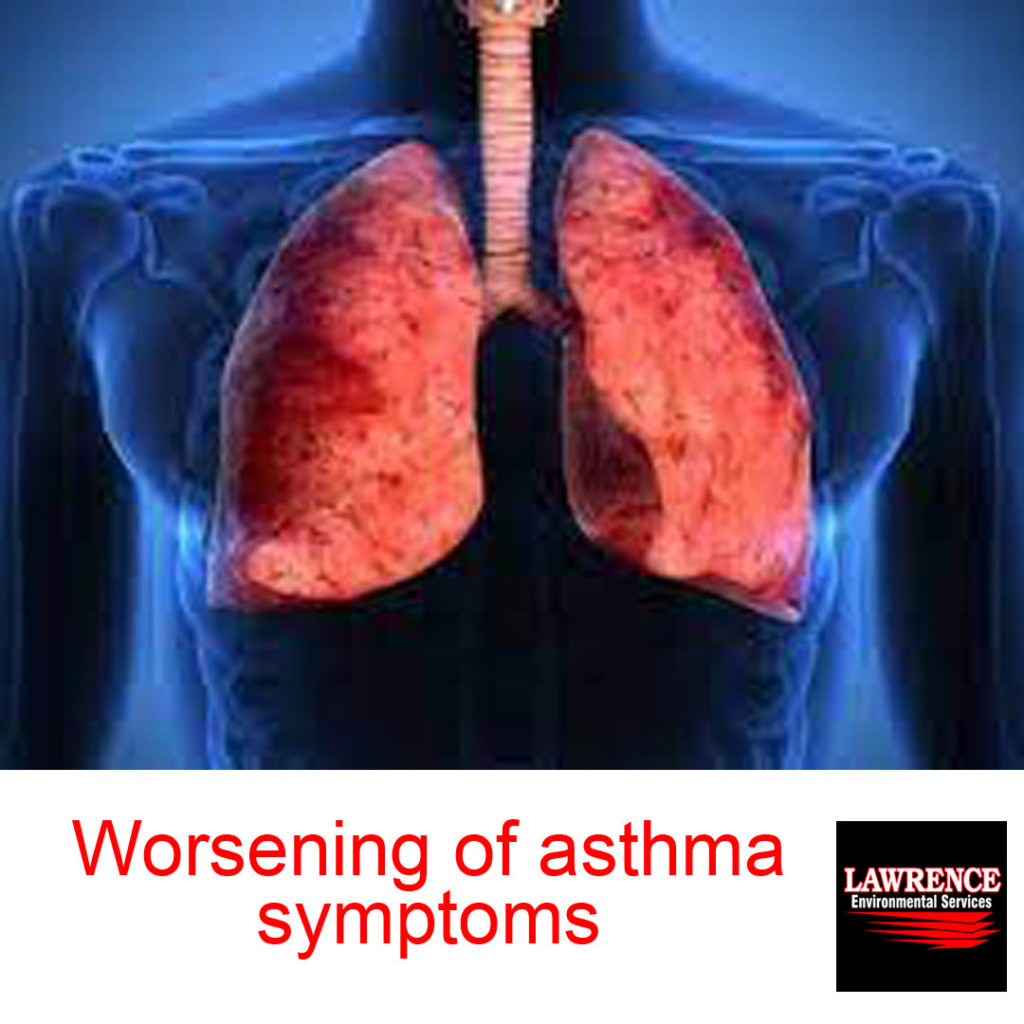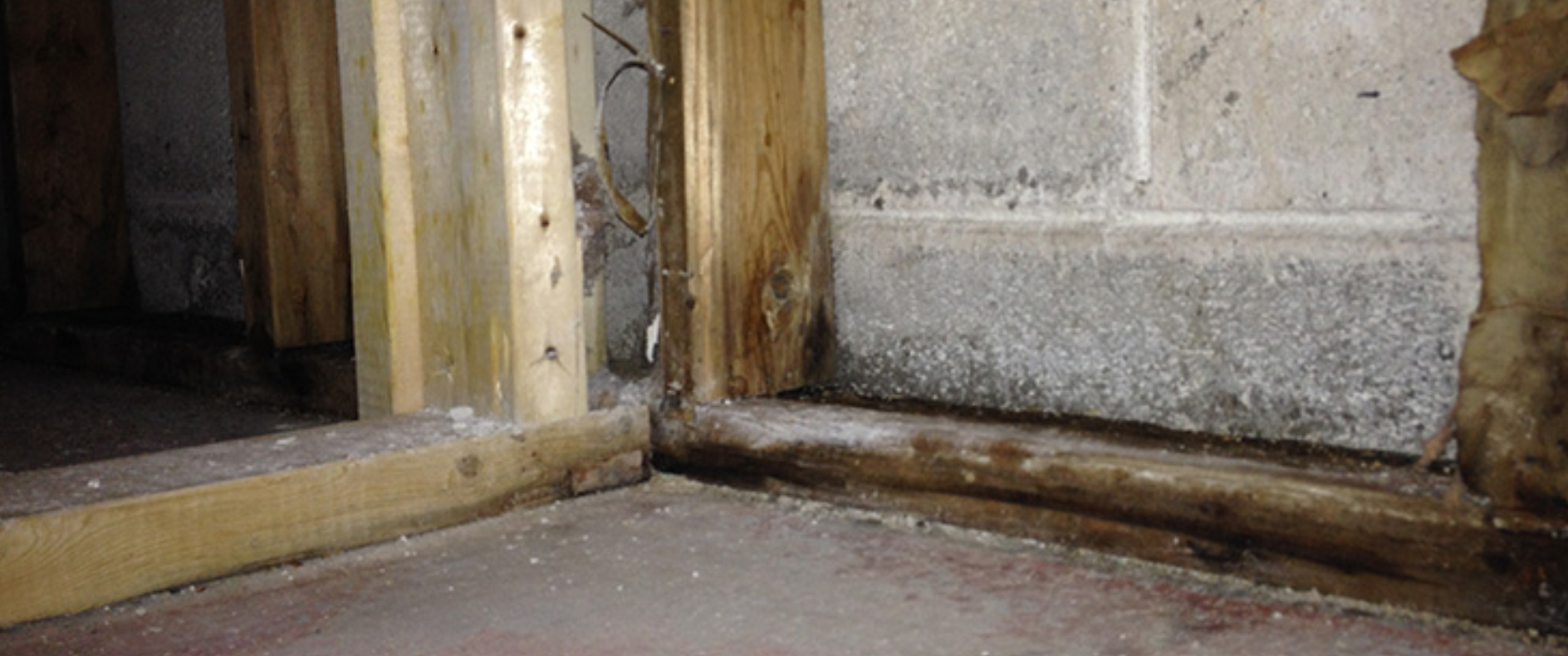Addressing mould and moisture in your home
Health Canada considers indoor mould growth to be a significant health hazard. The word mould is a common term referring to fungi that can grow on building materials in homes or other buildings. Damp conditions and mold growth in homes increases the risk of respiratory allergy symptoms and exacerbate asthma in mold-sensitive individuals. It is important to know how to identify, address and prevent moisture and mould in your home.




People living in homes with mould and damp conditions are more likely to have:
- eye, nose and throat irritation
- coughing and phlegm build-up
- wheezing and shortness of breath
- worsening of asthma symptoms
The level of concern depends on the extent of mould, how long it has been present and the sensitivity and overall health of the residents. Some people are more susceptible than others. For example, infants, children, the elderly and those with health problems such as breathing difficulties are more at risk from mould and dampness.
Any respiratory health concerns should be discussed with a physician if you suspect that these could be caused by poor indoor air quality. Your physician is best suited to determine if your symptoms may be related to environmental factors or some other underlying cause.
Health Canada recommends controlling dampness indoors and cleaning up any mould regardless of the type of mould present.
Identifying mould
Mould growth can be hidden. Mould can grow behind walls or above ceiling tiles, so it is important to check for the presence of mould anywhere that is damp and especially where water damage has occurred. Start with a visual inspection of your home. Look for signs of mould or excessive moisture, such as stains or discolouration on floors, walls, window panes, ceiling tiles, fabrics and carpets. Look for obvious signs of leaks, condensation, flooding, or a musty odour. Immediate action is important. Mould will begin to grow within 48 hours. If there is visible mould, it needs to be removed.
Professional assistance
You may wish to seek advice on how you can address moisture and mould problems in your home. A qualified professional with experience dealing with moisture issues and mould could examine the condition of your home and document your concerns. They would identify the problems, find their sources and suggest solutions in a written report. Recommendations should be provided to you in a prioritized action plan consisting of various options on how to address the specific moisture and mould problems in your home.
Health Canada does not recommend testing the air for mould.
Health Canada, in accord with other public health organizations, does not recommend testing the air for mould. An air test does not provide information on health and does not address the cause of mould damage in the house. You also do not need to know the type of mould present in order to remove it. Mould is a natural part of the environment and there are always mould spores in air. Simply finding mould spores in an air test does not necessarily mean there is a problem. The best way to reduce your health risk from mould is to identify and remove the moisture source(s) and clean up the mould.



